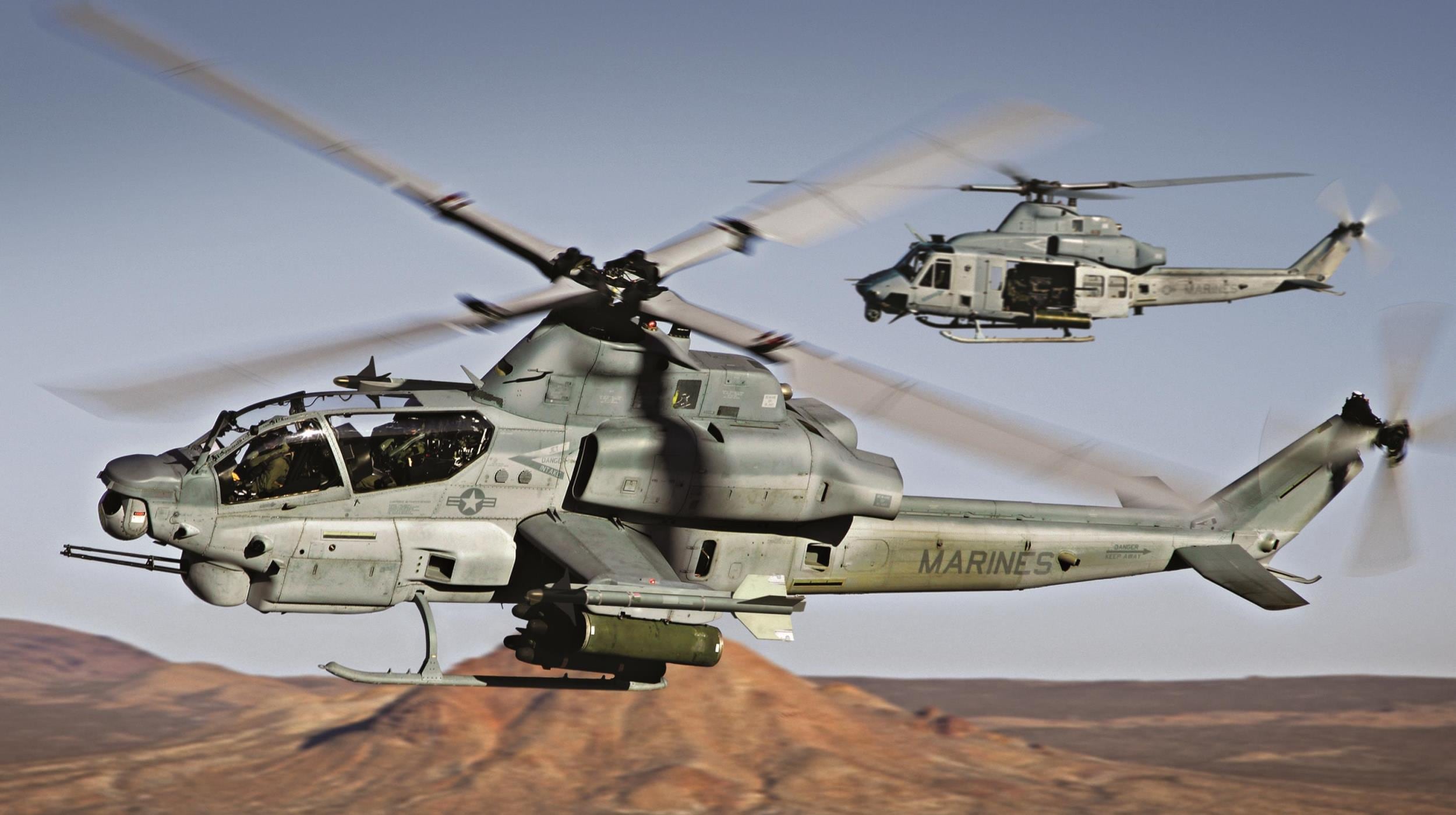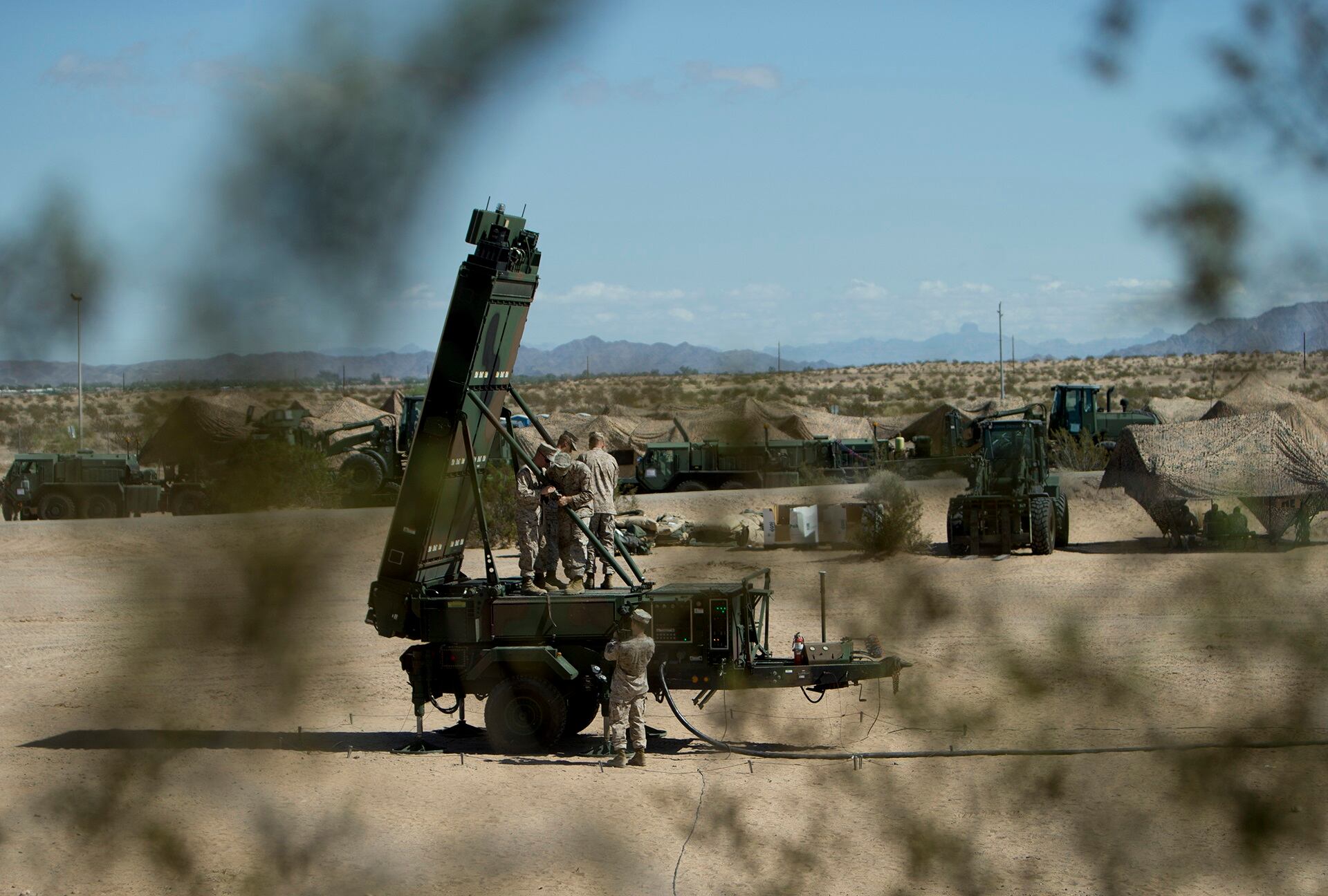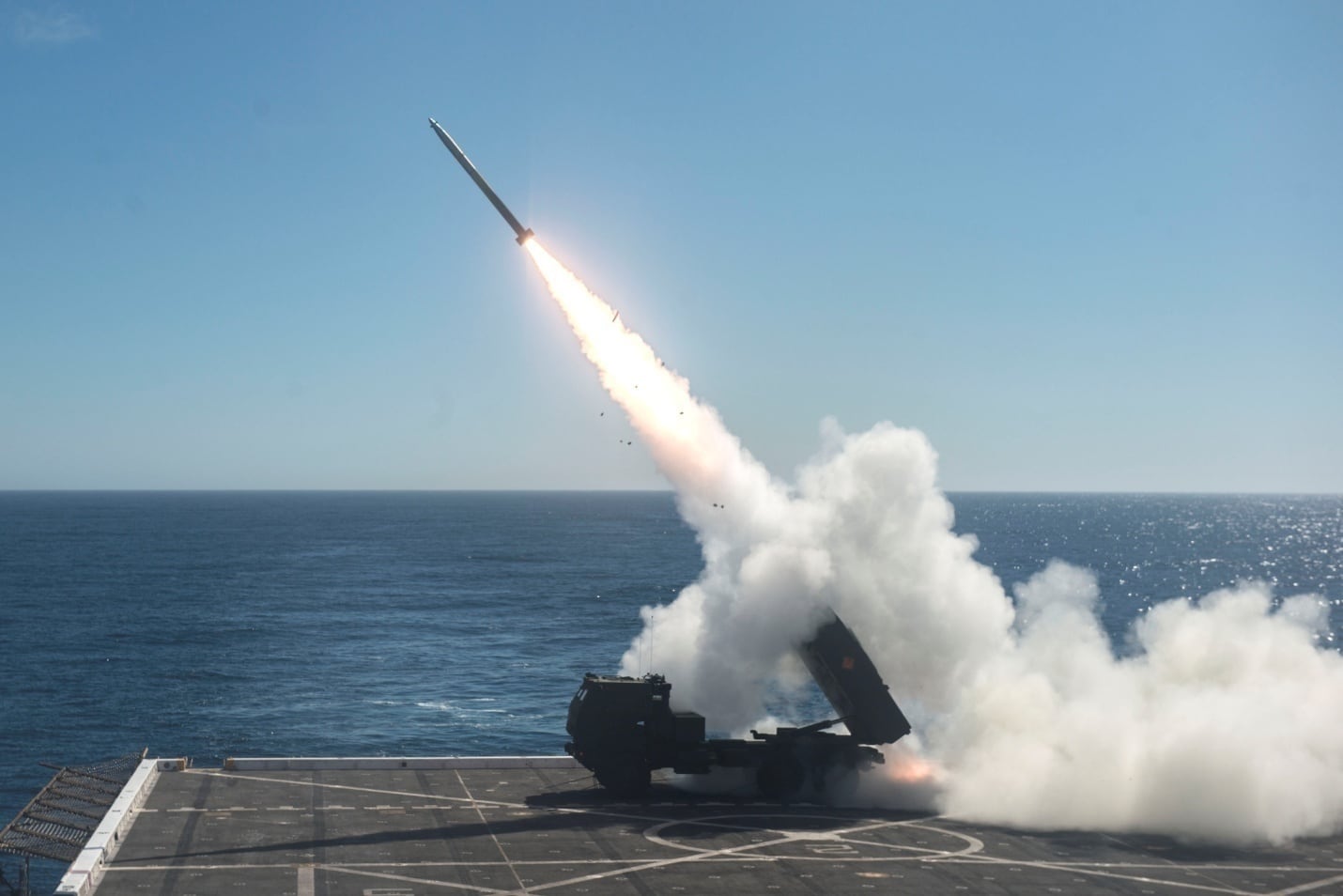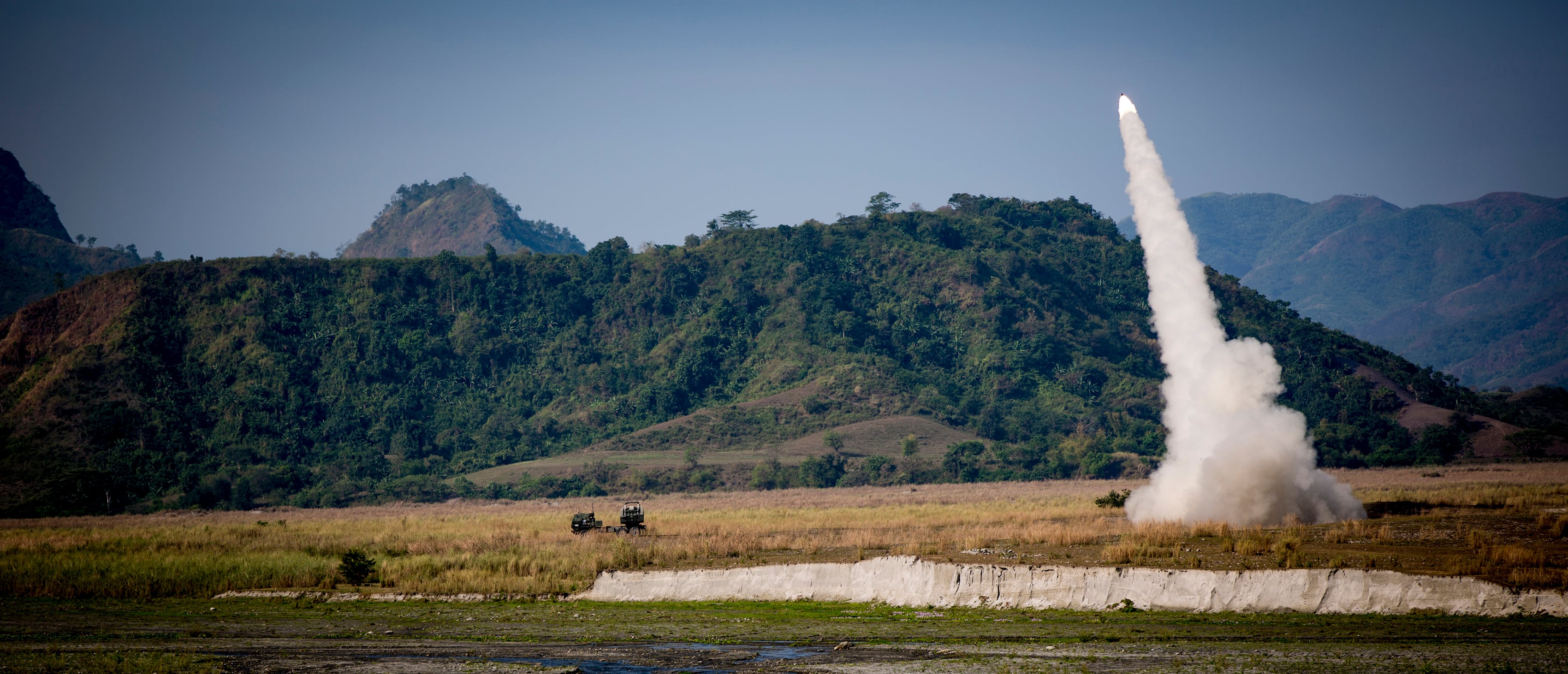The Corps is only seeking modest force growth with its fiscal year 2019 budget, but that small investment is designed to provide a big punch, with money for new technology and highly skilled Marines.
The Marine Corps is projected to grow by 1,100 Marines, putting it on track to reach a total end strength of 186,100 active-duty personnel by the end of fiscal year 2019.
The Marines’ growth will prioritize the advanced skills needed for a multidomain battlespace, versus the those of traditional, younger 18-year-old infantry Marines.
“Our manning requires leaders with the grade, experience, technical and tactical qualifications associated with their billets, which is essential to the Marine Corps as a ‘fight tonight’ force,” according to the Department of the Navy’s budget request released Monday.
The total $194.7 billion budget request from the Department of the Navy represents a 7 percent increase, or $12.6 billion. Those figures include funds for personnel, procurement and overseas operations for both the Navy and Marine Corps.
The Pentagon is seeking a 2.6 percent pay raise for troops across the force, which will help the Navy and Marine Corps to compete with the civilian sector and its strengthening job market.
Retention and re-enlistment bonuses are also back in the fold.
The Navy’s budget request includes roughly $88 million for bonuses, Rear Adm. Brian E. Luther, deputy assistant secretary of the Navy for budget, told reporters at a Pentagon press briefing on Monday.
The Navy and Marines are also investing heavily in aviation in FY19.
The new budget request seeks to buy 120 new aircraft. The Corps will continue its multi-year effort to retire older legacy aircraft and replace them with newer modern platforms like the MV-22B Osprey, F-35B Joint Strike Fighter and AH-1Z Viper attack helicopters.

In January, Marine Commandant Gen. Robert Neller said the Marine Corps has too many F/A-18 Hornets and needs to retire a number of aircraft that the force does not have the time or money to maintain.
Aviation readiness has been a top concern for the Marines and the FY19 budget reflects Neller’s goal for continued modernization of the aviation wing.
The Corps will increase its fleet of AH-1Z Vipers, a replacement for older AH-1 Cobras. The FY19 budget seeks to buy 25 Vipers, up from 23 this year, part of the total procurement plan for 342 aircraft.
The Corps is also buying more new CH-53K King Stallions, the newer heavy lift helicopters that are replacing the aging fleet of CH-53Es. The 2019 budget calls for buying eight CH-53Ks, up from four this year.
Ground vehicles also made significant gains in the Corps’ budget request.
The Marines plan to buy an additional 1,642 Joint Light Tactical Vehicles, the new family of armored vehicles designed to replace the Humvee. The figures reflect an big increase from 1,115 this year.
The Corps is investing in technology and mobile platform systems that will help Marines remain agile and mobile, while providing protection from sophisticated enemy forces or incoming ballistic missile and drone systems.
In FY19, the Corps plans to buy six radar systems called the Ground/Air Task Oriented Radar or, G/ATOR, a multirole radar that can pick up on ballistic missiles, mortars, drones and aircraft.
Meanwhile, the Corps is also continuing research and development of the Ground Based Air Defense, or GBAD system. The GBAD is a laser weapon system that can shoot down incoming enemy drones and is supposed to be mountable on the JLTV or MRAP vehicles.

The Marines pushed the GBAD into rapid research and development as the threat of drones increased during the fight against Islamic State militants in Iraq and Syria. The terror group managed to weaponize small commercial off-the-shelf drones to harass Iraqi and coalition troops.
Other mobile platforms the Corps is procuring include three different variants of the Network on the Move system ― a mobile command-and-control system to maintain data, network and voice connectivity.
RELATED

The budget also includes funds to reactivate the 5th Battalion, 10th Marine Regiment, as an M142 High Mobility Artillery Rocket System, or HIMARS rocket battalion. Those funds also include money for additional HIMARS rockets.
The HIMARS have become increasingly important to the Corps. The systems provide long-range precision-strike capabilities, currently in use in both Iraq and Afghanistan. But the Corps has also been testing the system’s feasibility for maritime operations and to be fired from the decks of ships or towed by barges, as the Corps seeks to increase range and lethality of its force to counter rising ballistic missile capabilities of Russia and China.

The new budget request reflects a Corps in the middle of a modernization program and deep personnel changes that may rock the culture of the institution.
With modest growth in force size and a focus on small, mobile high-tech platforms, the Corps is seeking a more agile force that can maneuver as the geopolitical winds continue to drift towards a great power conflict.
Whether the Marines will be able to fulfill what is outlined in the budget request is up in the air. The budget requires approval from Congress.
The Defense Department has been operating on the longest continuing resolution, nearly 18 months, and recent government shutdowns have only added to difficulties of the force to maintain readiness.
Shawn Snow is the senior reporter for Marine Corps Times and a Marine Corps veteran.




